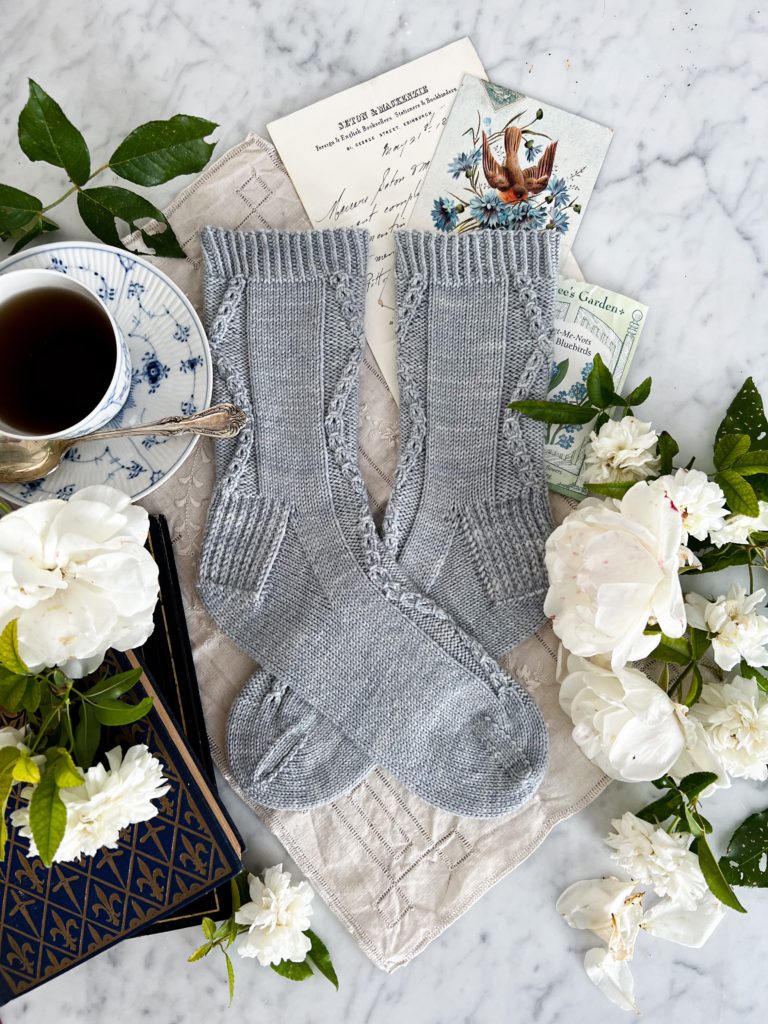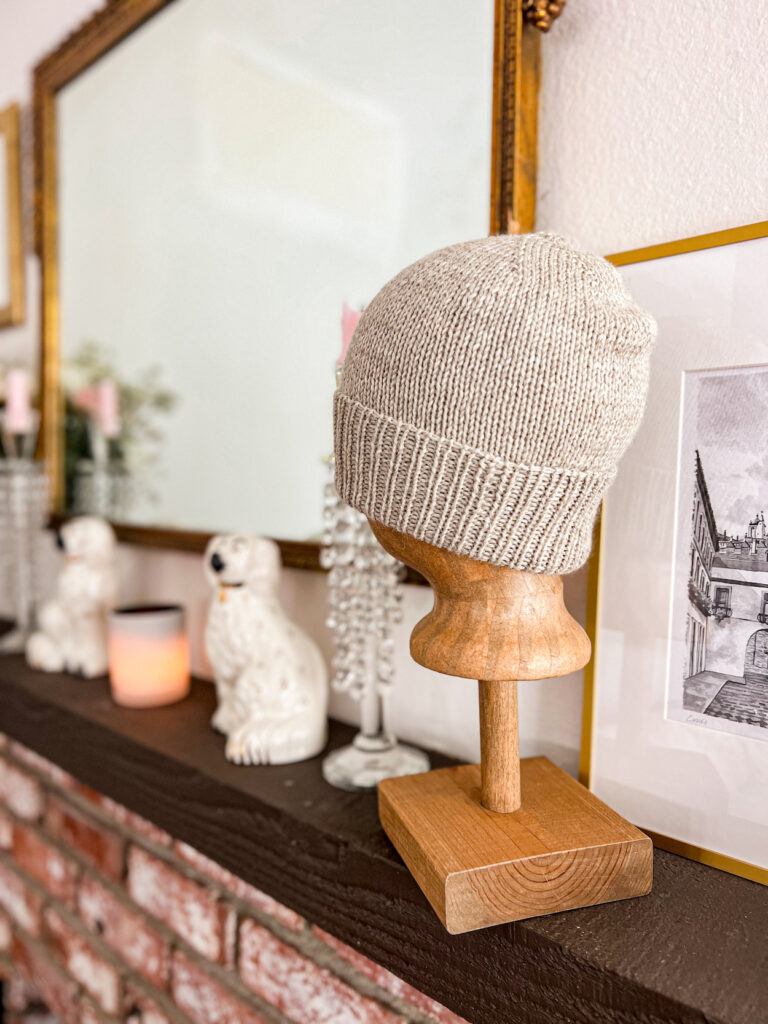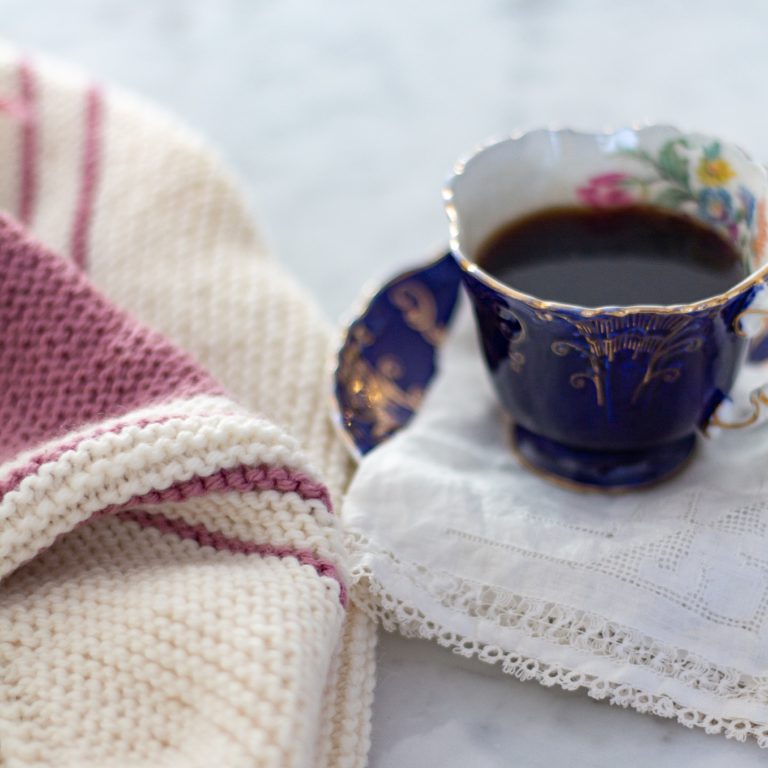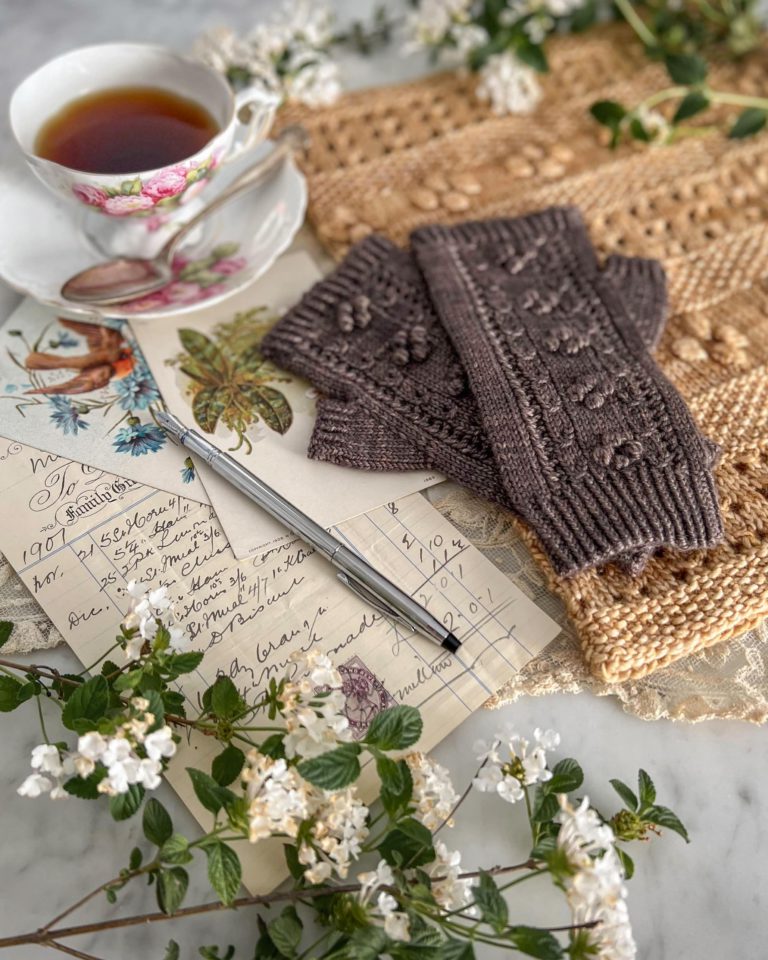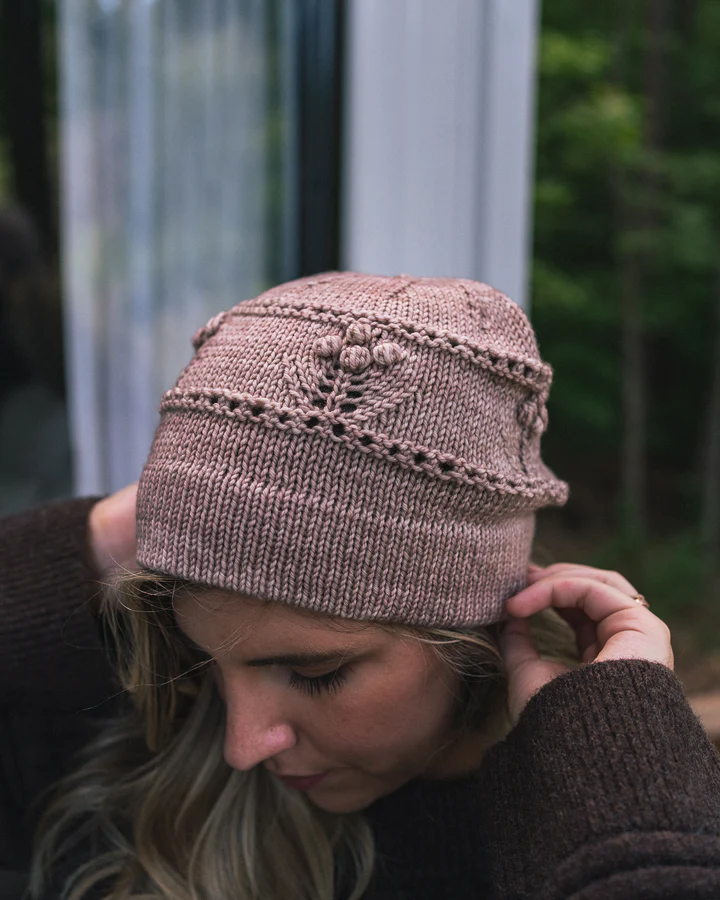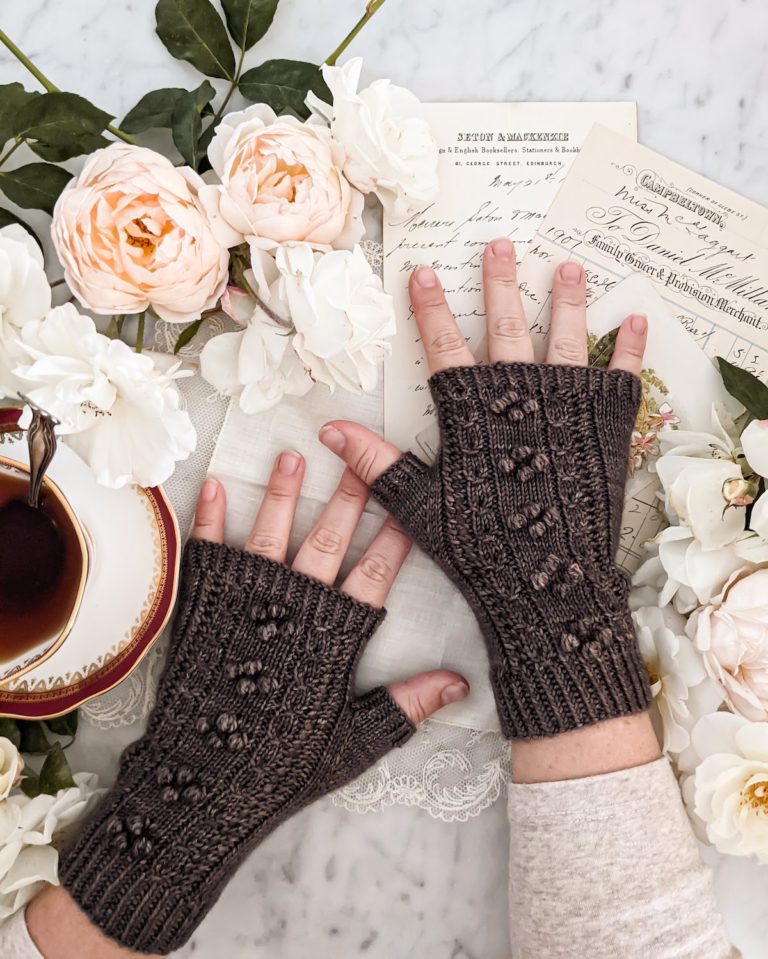
There’s a lot of confusion in the knitting world about the differences and similarities between tech editing and test knitting.
Some people use the terms interchangeably because there is some overlap between the two tasks. Others use them interchangeably because they don’t realize there’s a difference.
But tech editing and test knitting are two distinct steps in the knitting pattern design process. A truly excellent pattern generally will have gone through both before publication.
Today, I’m doing a dive into the similarities and differences between tech editing and test knitting.
I hope that, with this blog post, you’ll gain a little clarity into the two processes. That clarity will help you feel more confident in making decisions for your own design journey.
What is Tech Editing?
Tech editing (or technical editing, in more formal terms) is a process conducted by a trained, paid professional. A good knitting technical editor will spend years honing their craft and learning about garment construction, industry standards, and the minutiae of punctuation.
I’m not joking about that last one. My tech editor, Bonnie Davis, is constantly catching my misplaced commas and inconsistently capitalized instructions. If my patterns are at all coherent, it’s in large part due to her efforts!
So how does the tech editing process work? Well, after you’ve finished writing a pattern, you’ll send it to a knitting technical editor for review. This skilled professional will comb through your pattern to make sure your math is correct, your instructions make sense, and your pattern, if followed exactly, will create the item you expect it to create. They’ll then return the pattern to you with notations of errors and suggestions for improvement. Generally, you’ll make the final changes to your pattern and can decide which suggestions to incorporate.
Significantly, a tech editor generally will not knit the item your pattern is designed to create. Tech editors work in the abstract world. That’s why it’s so important to get a knitting technical editor with a good sense of the kind of item you’d like to create. Some tech editors specialize in garments, while others prefer accessories, and others focus on baby items or toys.
What is Test Knitting?
I’ve been talking a lot about test knitting here lately because it’s a subject that’s really important to me. A good crew of test knitters can help make sure a design is polished. More important, they’ll help ensure it’s usable by as many people as possible.
Test knitters are a group of knitters who take your pattern and knit their own versions of the item that pattern is meant to create. This process helps ensure your directions are clear to the average knitter. It also helps ferret out any issues you and your tech editor may have missed.
Test knitters, though, don’t have to have a specific level of experience and don’t have to undergo any particular training. In fact, I try to make sure I always have a range of experience levels, ages, and native languages in my tester groups. That helps ensure that my instructions are as clear as possible for as many people as possible.
While they can help you catch major errors, test knitters generally don’t have special training and can’t help you catch the smaller errors that can cause issues for other knitters. That may be because the test knitters have enough experience to just make small adjustments without realizing it. It could also be because a mistake is only a mistake for some knitters (for more on that, take a look at this great post from Natalie Warner discussing different kinds of errors in programming and how they relate to knitting patterns).
When Do I Need Tech Editing and Test Knitting?
In an ideal world, I recommend working with both a knitting technical editor and a team of test knitters. I also recommend sending your pattern to the tech editor before starting a test knit. Here’s why.
Your tech editor is a trained professional, and you’re paying for their time. Your test knitters, on the other hand, are generally working for free or for very limited compensation (a free copy of one of your other patterns, exposure to help grow their following, learning new techniques, building community, etc.–hear more from the test knitters themselves here). If that’s the case, then it makes sense to have the paid professional deal with the errors. This shields your testers from unnecessary frustration and confusion.
When a lot of designers first start out, though, they may not be able to afford to do this (I wasn’t able to at first, either). Because tech editors are trained professionals, their work is not cheap, even though it is worth every penny. If you are not yet making a profit on your designs, you might not feel comfortable spending money you haven’t earned. In that case, some designers will run their test knit first and then send the pattern to the tech editor to catch any remaining issues.
I think this isn’t an ideal solution for a lot of patterns. That’s because the tech edit process can sometimes uncover significant issues that went unnoticed during the test knitting process and can even result in significant changes that would benefit from a new test knit. If, however, you’re trying to keep costs down and your design is relatively simple, this can be a reasonable approach.
How Do I Arrange for Tech Editing and Test Knitting?
There are a few different ways to find a good tech editor and recruit test knitters. I’ll share my favorite resources here.
Tech editors:
- Bonnie and I crossed paths in a free Facebook group, The Tech Editor Hub. There are several tech editors who hang out there and are available to take on new work.
- Follow tech editors on social media. You’ll get a sense of who has capacity for new clients, what kind of work they do, and whether your personalities might be a good fit for working together. Check out the #techeditorsofinstagram hashtag to get started.
- In the Designers group on Ravelry (I won’t link here, out of concern for potentially photosensitive folks, but you can find it by searching in the Groups section), there is a thread where tech editors and designers can connect.
- Google! That’s how I found Nicky Jensen, the tech editor and professional grader who helped me get my Geniality Sweater graded to nine sizes.
Test knitters:
- I recruit for my test knits through YarnPond. When I post a call for testers on YarnPond, that call is available in the database for thousands of testers to review and decide to apply. YarnPond will also post about the call for testers on their social media.
- I also use a special mailing list to get in touch with people who want to test for me or who have tested for me in the past and would like to join another test. I only use that mailing list to send out calls for testers. That way, people know they won’t be spammed when they sign up for it.
- I’ve had good luck finding testers on Instagram, as well. I just make a post about the upcoming test knit and ask people to DM me if they want to join. I’ve met some wonderful friends that way.
- If you are a size-inclusive designer (and I encourage you to explore becoming one if you’re not already), be sure to check out the Fat Test Knits account. You can send them details about your test knit and they will share to their page. It’s a great way to ensure you have test knitters for each size of your garment.
Let’s stay connected!
Join my newsletter for 30% off all new releases, regular updates with helpful tips and tricks, first crack at registration for upcoming workshops, exclusive discounts, and more.
Join the A Bee In The Bonnet Facebook Group to participate in knitalongs and other fun community events
Come hang out with me on the A Bee In The Bonnet TikTok
Follow along on the A Bee In The Bonnet Instagram
Get inspired via the A Bee In The Bonnet Pinterest

